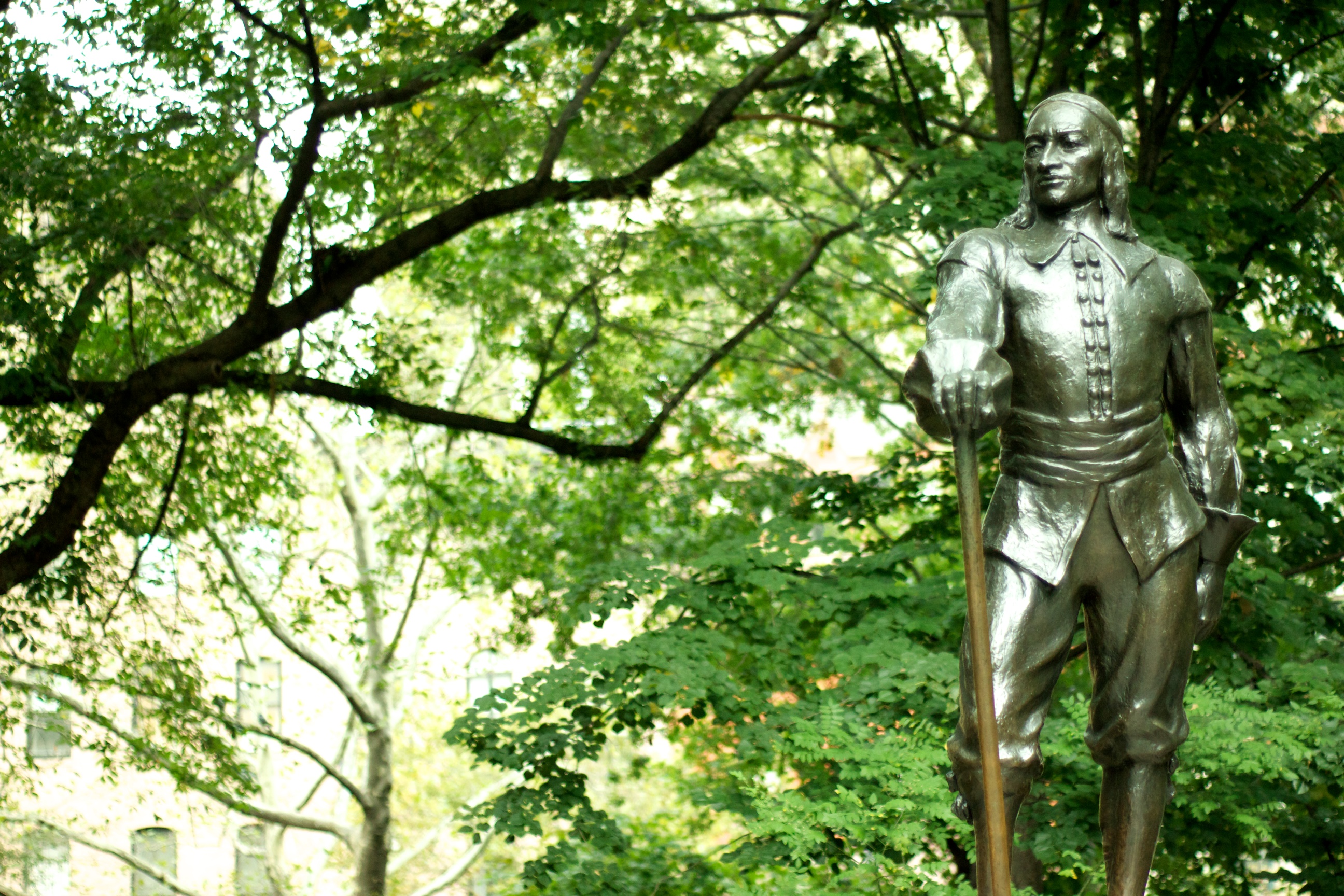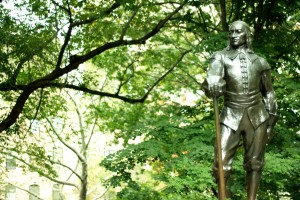It seemed appropriate to begin our travels into the past with the location that inspired the name of the website, so over the next few posts I’ve decided to address a question I’ve been frequently asked in the past: “Did Dr. Kreizler really live at 283 East 17th Street?” On the surface, this is an easy one to answer: “No, Dr. Kreizler is a fictional character so he did not really live anywhere.” But fact can often be more interesting than fiction, and this certainly proved to be the case for this question when I delved a little deeper. Do you know, for instance, who the real notable residents of East 17th Street and the Stuyvesant Square district were throughout the 19th century? Do you know why Caleb Carr might have selected the location? Before we dive straight in to addressing some of these questions, today’s post will provide a brief outline of the historical context of the square, starting with the park as a gift from the Stuyvesant family before moving onto the development and demographic composition of the district in its earliest days.
A gift from the Stuyvesant family
The origin of the Stuyvesant Square district traces back to the square’s namesake, Peter Stuyvesant, the famed mid-17th century Governor of New Amsterdam (New York) who purchased the land that Stuyvesant Square now occupies from the Dutch West India Company in 1651. The Governor’s land purchase was expansive and encompassed Bouwerij 1 (“Bouwerij” being the 17th century Dutch term for “farm”) which was usually reserved for each succeeding Director General, the pastureland north of Bouwerij 1, and part of Bouwerij 2. In later years, he went on to purchase the remainder of Bouwerij 2 and part of Bouwerij 3.
Stuyvesant’s property passed to his descendants following his death and in the mid-18th century his great-grandson, Petrus Stuyvesant, inherited most of the land encompassing the Stuyvesant Bouwerij. In 1787, Petrus extended, widened, and named “Stuyvesant Street,” the road that divided Bouwerij 1 and 2, and chose to live north of Stuyvesant Street in “Petersfield,” a farm located in the vicinity of the present 16th Street near Stuyvesant Square that had an uninterrupted view of the East River. Upon Petrus’s death in 1805, his two sons and daughters inherited the various farms that encompassed the original land of Governor Stuyvesant, with the Bowery farm located south of Stuyvesant Street inherited by his son Nicholas William, the “Leanderts” farm inherited by his daughters, and the Petersfield farm inherited by his son Peter Gerard Stuyvesant.
| Continue reading →


